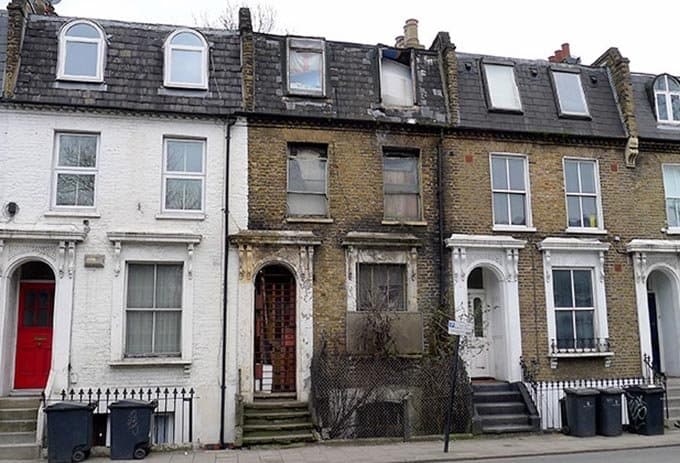BLOG
INTERESTING STUFF
THAT CAUGHT OUR EYE
How to Choose the Right Property to Renovate

The perfect property for renovation is a wreck. The more the paint and plaster has been stripped away from a house, the more you get to see its bones. If the structure’s sturdy and the price is right, with a bit of work and imagination you can build a unique, contemporary home for far less than a new build.
Unfortunately it’s so counter-intuitive to put money down on something that superficially has little value that many people, ironically, will buy properties worth far less than they appear to. I’ve visited properties bought for renovation based on a surface level of quality masking internal problems that make future works impossibly expensive.
It’s heartbreaking to visit a home where clients have paid a premium only to find plumbing and electrics that have been untouched for decades or a frail structure requiring expensive, delicate restoration.
Be suspicious of a fresh coat of paint: sellers are well aware that surface level repairs are an easy way to improve the perceived value of a property.
Instead, you want the classic fixer-upper. Cracked plaster, mouldy paint and bad fittings don’t matter if you’re going to be tearing out everything but the essentials. Minor structural issues can be fixed relatively cheaply by those with the know how and even seemingly severe problems may not be as damning as you think.
Settlement – where issues like compromised soil integrity beneath a property have caused it to sink – is seen as a black mark by many buyers. But investigating the underlying cause often reveals easy fixes. Simply slipping concrete underneath the building can restore strength to the foundations, leaving you with a cheap property that scared most buyers away.
It’s hard to break the habit of hunting for pristine, well presented properties but battling through your instincts could reveal the makings of your perfect future home.
The good news is that Britain, especially London, is the ideal place for finding a diamond in the rough. Most of the Victorian and Edwardian housing stock that dominates our suburbs is exceptionally well built and – as they’re masonry based rather than timber – have stood the test of time.
These old houses can withstand a great deal of punishment, even fire. In fact, fire damaged homes are the perfect candidate for refurbishment. All the woodwork will have burnt away while the stonework will, hopefully, remain sturdy and safe.
Even if the woodwork is intact, you’ll probably have to replace it anyway. Victorian houses pinched timber from old boats for the joints and the wall structures, which are too thin for modern standards. That means if you feel the floorboards squeaking and bouncing beneath your feet when exploring a property, prepare for buying new timber.
Once you’ve found a property with good bones, seek the advice of a structural engineer to make sure its potential can be realised. Contemporary renovation is all about reconfiguring cramped, cellular rooms into open, light-filled spaces, but knock down the wrong wall and it’ll all come crashing down.
Most houses will feature walls essential to their structural integrity, known as load bearing walls. Planning law, for good reason, forbids simply punching through load bearing walls, meaning you need to either design around them or install a supporting beam strong enough to keep the entire structure sturdy.
Finally, research the area. Streets lined with extensively refurbished properties are evidence of a local planning department who are less likely to be a roadblock. The trend in sale prices will also give you an idea of how easily you can make the money back on the work you put in, especially if you can compare the value of refurbished properties to non-refurbished.
Getting a complete picture of your potential investment and return will let you plan a budget, which you can take to contractors to start collecting quotes to find out if you can fund your passion project.
Next month, we’ll cover what happens after the keys are in your hand (assuming there’s a door) from passing the planning process to making the most of your fresh construction canvas.
